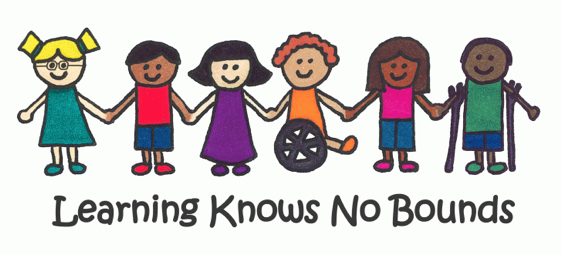Lesson 12: IEP / IFSP Meetings
Attention

Learning Outcomes
Upon completion of this lesson's material, students will be able
- Describe the basics of a meeting for a child with special needs.
- Describe the team dynamics in a meeting for a child with special needs.
- Explain the differences in communication styles for a meeting for a child with a special need.
Teaching
Much like the lessons on curriculum meetings and parent teacher conferences, there are many different types of meetings held for children with special needs. Special needs can be defined as learning difficulties, physical disability, or emotional and behavior difficulties. When a parent, teacher or other adult has concerns about a child’s development, they will make an initial referral to a doctor or service provider. Then there are evaluations and a meeting set up to review the evaluation and determine eligibility.
If a referral is made to Child Development Services and the child is under the age of 3 and found eligible there will be an IFSP (Individual Family Service Plan) meeting to create next steps. These meetings are almost always done in the home. If the child is older than three there is an IEP (Individual Education Program) meeting to write the IEP document. Meetings are held at the minimum of annually to discuss progress and transitions. The family always reserves the right to call a meeting at any time.
Many sites may create plans of their own before making a referral. Most often, it is behavioral concerns that will raise awareness and prompt a team meeting to discuss strategies on how to best serve the child.
NAEYC and the DEC (Division for Early Childhood) created a joint position statement to provide guidance on Early Childhood Inclusion. As you read the document, take notes on what you find to be important points in the definition and recommendations.
Assessment
Lesson 12 Assignment
By this point you should have set up a time when you can attend a meeting for a child with a disability, or concern of one, with your cooperating teacher.
First gather the basic information. (You may have to ask your cooperating teacher for some of the information)
- What kind of meeting is it, who attends the meeting and what are their roles?
- When is it scheduled and how often is it done?
- What is the preparation needed for this meeting from the teacher?
- What is the necessary documentation and paperwork needed for this meeting?
Second, attend the meeting. Ask your teacher if it is okay to take notes for your assignment on special education meetings. (Provide specific example(s) of how you did or did not see the following. Keep confidentiality in mind when providing examples)
- What kinds of supports were discussed and who is providing them?
- What was the level of involvement for all of the people at the meeting?
- Was everyone in agreement of service methods and goals for the child? If there was disagreement, how was it resolved?
- Was the level of communication the same as you experienced during the curriculum planning meeting and/or the parent teacher conference? Explain.
Third, reflect on the meeting process.
- Is this what you thought the meeting would look like? Did anything surprise you and in what way? Explain.
- How do envision special education meetings when you are a teacher and planning for children in your classroom?
Possible Class Discussion
What is the role of the educator when supporting families that have children involved in special education?